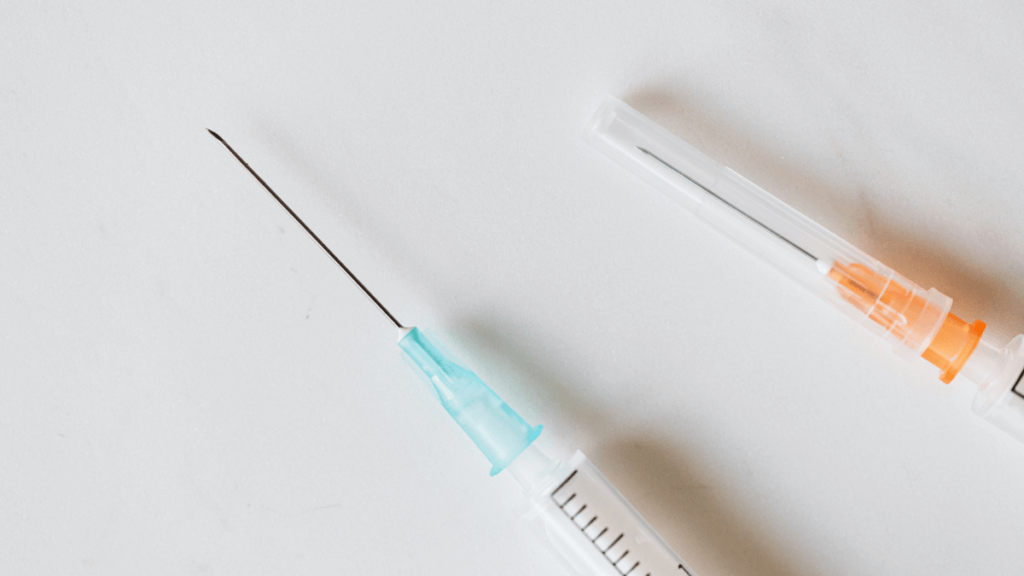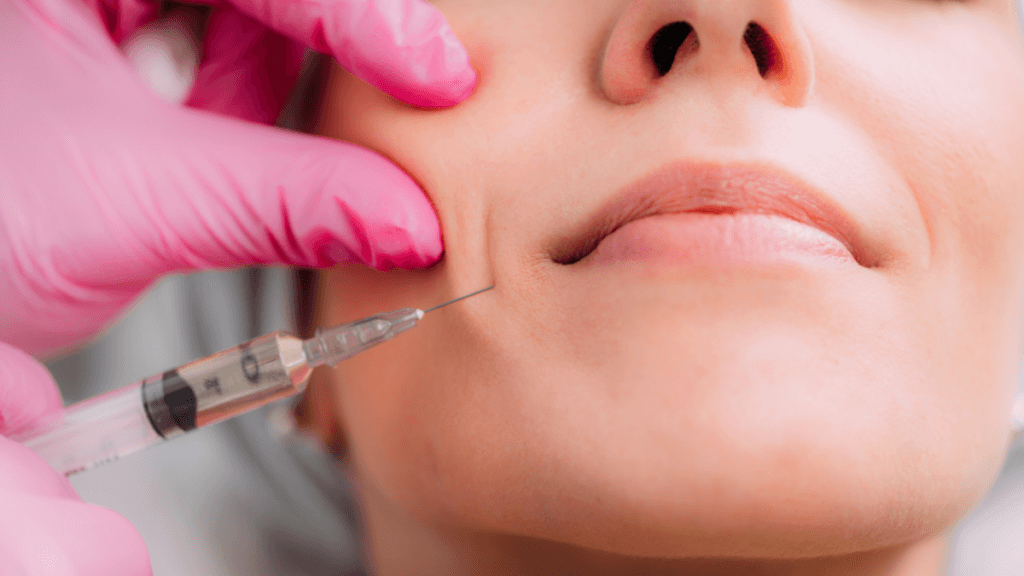As we get older, our bodies naturally go through changes. Our metabolism slows down, our hair turns grey, our hormones shift, and we begin to lose the fullness in our faces.
This loss of volume, along with the effects of gravity and the overall decline in collagen production, can lead to wrinkles, hollow cheeks, and a more aged appearance. This reduction, starting in our mid-20s, decreases our collagen production by about 1% each year. For women, this decline speeds up, especially during the first few years of menopause, when collagen production drops by around 30%. After menopause, it continues to decrease by about 2% each year. By the time we reach 40, we may have lost about 24% of the collagen in our skin.
Research has shown that a specific type of collagen, called type I procollagen, can drop by as much as 68% in older skin compared to younger skin. Therefore, it is clearly important to take care of our skin and support (as well as maintain) our collagen levels as we age.
From Then To Now, The Story Of Dermal Fillers
Today, there are numerous non-invasive, safe, and effective treatments that can help restore that youthful glow and set our collagen production in motion. One of the most popular options around the globe is dermal fillers, with around 7.7 million people in the UK undergoing non-surgical procedures, including dermal fillers, just last year.
According to multiple surveys, roughly 13.9 million people in the UK are considering aesthetic treatments in the near future. This clearly demonstrates that the procedure is not only in high demand, but its popularity is forever on the rise.
But when did this procedure become the youth-restoring treatment that so many love today? Dermal fillers have also been around for more than a century. Back in the early 1900s, doctors experimented with paraffin injections, but these were quickly abandoned. By the 1940s, surgeons began experimenting with fat grafting, which involved transferring fat to restore lost volume. In the 1960s and 70s, liquid silicone became popular but was eventually banned because of safety concerns.
Just a decade later, the first FDA-approved filler debuted in 1981, made from bovine (cow) collagen. While it marked a significant advancement, the need for allergy testing meant it quickly lost its appeal. The true breakthrough came in the 1990s with the introduction of hyaluronic acid (HA), which is a longer-lasting, body-friendly, and reversible solution that revolutionised the world of dermal fillers.
In 1996, a Swedish company launched the first non-animal stabilised HA filler, setting the new gold standard. Thanks to its ability to hydrate and provide natural-looking results, HA transformed dermal fillers, leading to the high-quality hyaluronic acid fillers we use today.

How Facial Fillers Can Improve Your Appearance
It is important to emphasise that dermal fillers are suitable and beneficial for both men and women. Even though women make up the majority of filler users, the number of men getting fillers is rising exponentially. Globally, millions of men get fillers each year to address a sunken appearance. However, fillers can also be used to help improve the appearance of a weak jawline, thin lips, an irregular-looking nose, or flat cheeks enhancing its overall appeal.
“Fillers aren’t just about adding volume, they’re about restoring what time has taken away. As we age, our faces lose the natural fat and support that once gave them structure. With carefully placed fillers, I can bring back those contours, define the jawline, and create a more sculpted, refreshed look that still feels like you, just a more youthful, vibrant version.” – Dr John Lekkas
Naturally, fillers are made from different substances, with hyaluronic acid (HA) currently being one of the most common. According to the latest statistics, the global HA dermal fillers market was valued at £3.49 billion in 2024 and is projected to reach £9.03 billion by 2034. Their popularity is fueled by hyaluronic acid’s astounding ability to retain moisture, keeping your skin hydrated and youthful.
Facial Zones Perfect For Dermal Filler Enhancements
Cheeks: Hollow cheeks are a common concern that fillers can address. By adding volume to your mid-face, fillers lift your cheeks and restore those youthful contours. This not only enhances your cheeks but also softens your lower face, reducing the appearance of sagging.
Under-Eye Area: Hollows or tear troughs under your eyes can give you a tired or aged look. Fillers can gently restore volume in this delicate area, brightening your under-eye region and making it look more refreshed.
Nasolabial Folds: The deep lines from your nose to your mouth, also known as smile lines or nasolabial folds, can become more noticeable with age due to facial movements and volume loss. Fillers can help smooth these lines, giving your face a more youthful appearance.
Jawline And Chin: Over time, your jawline can lose its definition, and your chin may become less prominent. Fillers can restore structure to these areas, creating a stronger jawline and a more balanced facial profile. This technique is commonly used for non-surgical chin enhancement or to improve the appearance of a weak jawline.
Non-Aesthetic Benefits Of Fillers
Dermal fillers provide subtle, natural-looking results when done by an experienced injector. With careful placement, fillers can reshape your face without making it look overdone. The goal is never to change your appearance but rather to enhance and refresh it, so you look like a more youthful version of yourself.
Another perk dermal fillers provide is how quick and easy the procedure is and that it comes with minimal downtime. Most treatments take less than an hour, and you can get back to your usual activities right away. It is a perfect option if you want to enhance your features but do not have time for the long recovery periods that come with surgery.
“One of the most rewarding things about using fillers is watching a face transform, not into something artificial, but into a version of itself that looks well-rested, balanced, and naturally defined. Whether it’s softening hollows under the eyes or sharpening a jawline, the goal isn’t just beauty, it’s confidence. – Dr John Lekkas
The Only Question Remaining Is, Should You Consider It?
Undergoing any procedure, whether surgical or non-surgical, is a personal decision. If you decide to go ahead with it, it is important to schedule a consultation with a highly recommended and experienced specialist. During this consultation, your professional will review your aesthetic goals, facial features, medical history, and current health status.
It is generally advised to avoid dermal fillers during pregnancy or breastfeeding, or if you have autoimmune disorders, as their safety in these situations has not been fully established. Also, people with active skin conditions like rashes, acne, or infections at the injection site should wait until the condition clears up before getting dermal fillers. If your specialist decides dermal fillers are not suitable for you, they will most likely suggest another option to help you achieve your desired look.

As We Draw To A Close
Dermal fillers are a fantastic option in the world of aesthetic treatments, offering a safe and effective way to refresh your look and restore youthful volume, with results lasting anywhere from a few months to a year.
If you are considering restoring lost volume in your face, enhancing certain features (like your jaw or nose), or simply want to smooth out newly-established wrinkles, dermal fillers provide a versatile and convenient way to help you look and feel your best.


